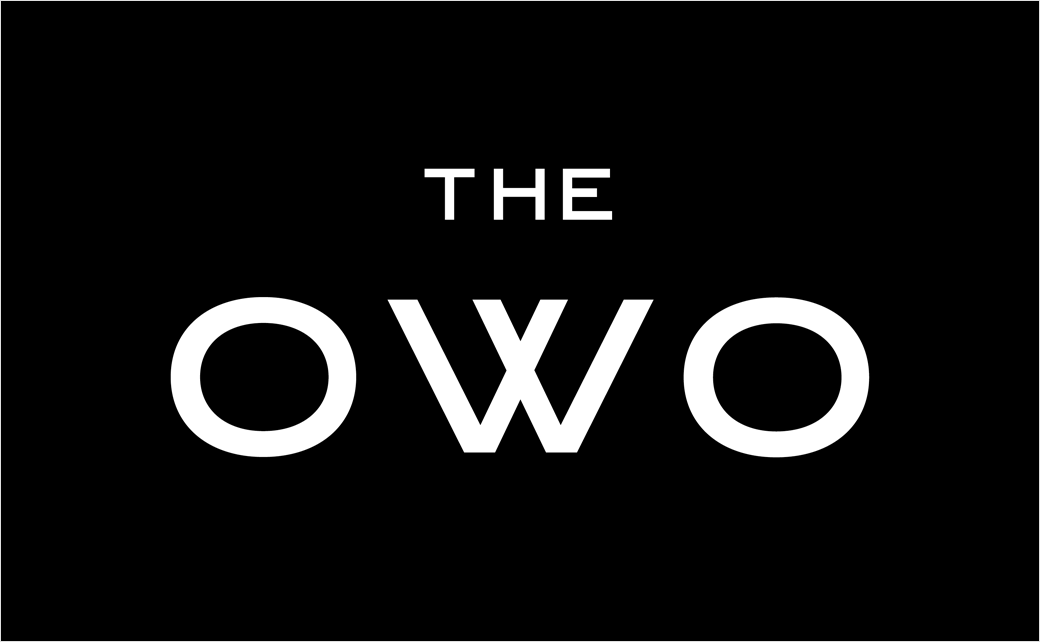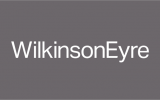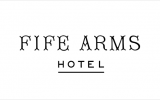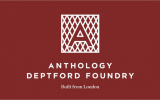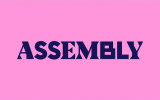Greenspace Creates Logo and Identity for ‘The OWO’ Hotel
Brand consultancy Greenspace has created the logo and identity for The OWO, a new hotel located at one of the capital’s most important and powerful addresses, namely, Whitehall.
The Old War Office, one of London’s most well-known Grade II listed buildings, has been transformed over the last five years into the capital’s first Raffles hotel.
“Raffles London at The OWO” will offer 125- rooms and suites, nine restaurants and bars, and an extensive spa facility. Scheduled for completion in the second half of 2022, it will also include “The OWO Residences by Raffles” — a total of 85 private residences.
The landmark building, originally completed in 1906 and designed by British architect William Young, is steeped in history. As well as being the site of the original Palace of Whitehall, home to Henry VIII and other monarchs, the building was also the place where the likes of Winston Churchill, David Lloyd George, Lord Kitchener, and Herbert Asquith all held office.
It was also John Profumo’s base when he was Secretary of State and inspired Ian Fleming to write the infamous James Bond series after working for Britain’s Naval Intelligence Service. T E Lawrence, better known as Lawrence of Arabia, worked in the map department.
It is hardly surprising therefore that its grand architecture has made the building a location in five Bond films, and more recently The Crown drama series.
In 2014, the building was bought by Indian conglomerate Hinduja Group, which has worked with a team of experts including Historic England and Museum of London Archaeology, and appointed EPR Architects to oversee the redevelopment. The hotel interiors are currently being designed by New York-based designer, Thierry Despont.
In 2017, Greenspace was appointed by Westminster Development Services on behalf of the Hinduja Group, to develop the brand strategy, name, and identity.
“Greenspace felt the weight of responsibility to respect the building’s past, while creating a legacy for the next generation to enjoy. Walking around the empty building, the team felt a palpable sense of history. Hearing the echo of footsteps going up and down stairs, and the sounds of doors opening and closing, there was a powerful, visceral quality to the experience,” says the agency.
“It seems obvious to us now, but there was a period at the start of the project when the words, ‘old’, ‘war’ and ‘office’ were not felt to convey the desired sense of luxury nor hospitality. Nevertheless, the building could never comfortably fit a different name whilst remaining true to its roots,” adds Greenspace founder, Adrian Caddy.
Lene Nielsen, strategy director at Greenspace agrees, “the key insight for branding and naming this iconic heritage destination was always to remain as authentic as possible, this has been the constant connecting thought throughout the project.”
In its search for the right name for the destination, the Greenspace team says it steeped itself in the building’s history – trawling The National Archives in Kew. There, they discovered thousands of letters sent to and from the Old War Office. Almost always, the typist used the acronym OWO.
“Seen written, the word is beautifully balanced and perfectly palindromic – you can even fold a W in half,” comments Caddy.
For the design of The OWO brand identity, Greenspace studied numerous early 20th century period Grotesque typefaces by British type foundries such as Stevenson Blake of Sheffield.
“We felt it was appropriate that the logotype should be understated and rooted in the heritage of the building itself. We concluded that to make an old typeface work in today’s digital realm, and to create an asset that would be of lasting value to The OWO, we should recommend the design of a bespoke typeface,” explains Greenspace creative director, Lee Deverill.
Greenspace worked with Colophon Foundry on the design of a new, bespoke Grotesque typeface family for use across all applications, from physical signage to printed publications, websites and social media for The OWO. The name of the typeface – “1906” – came from the year the building was first opened.
Framing The OWO brand identity is a system of typographic patterns designed by Greenspace to echo some of the work carried out within its walls including morse code denoting the geographical co-ordinates of The OWO.
The OWO brand colour palette, meanwhile, was chosen by Greenspace “to reflect the materiality of the building’s Portland stone, the Alabaster marble of the grand staircase and the black and white mosaics that line its warren of hallways and private residences.”
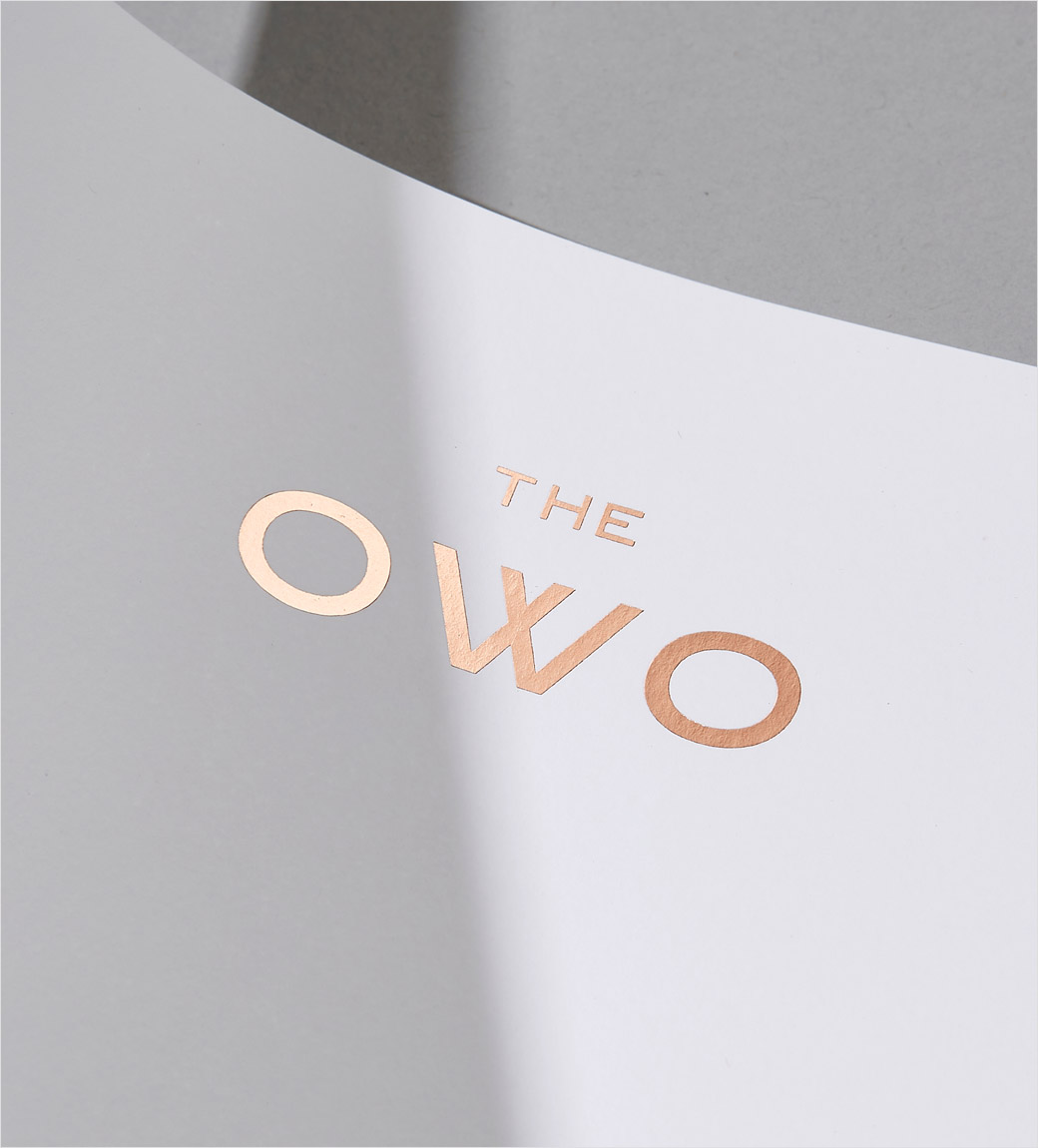
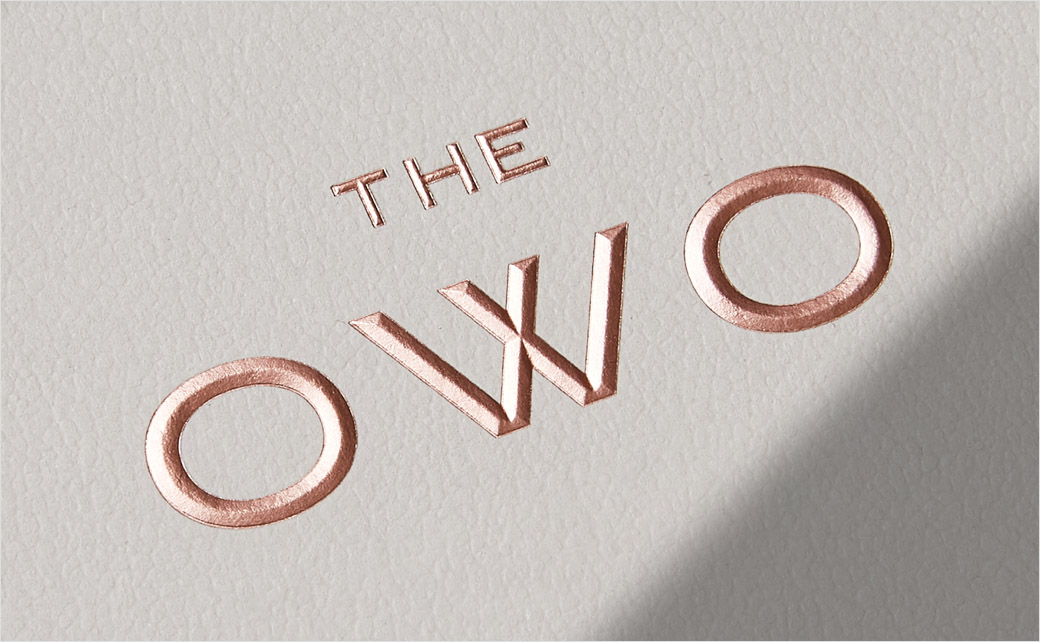
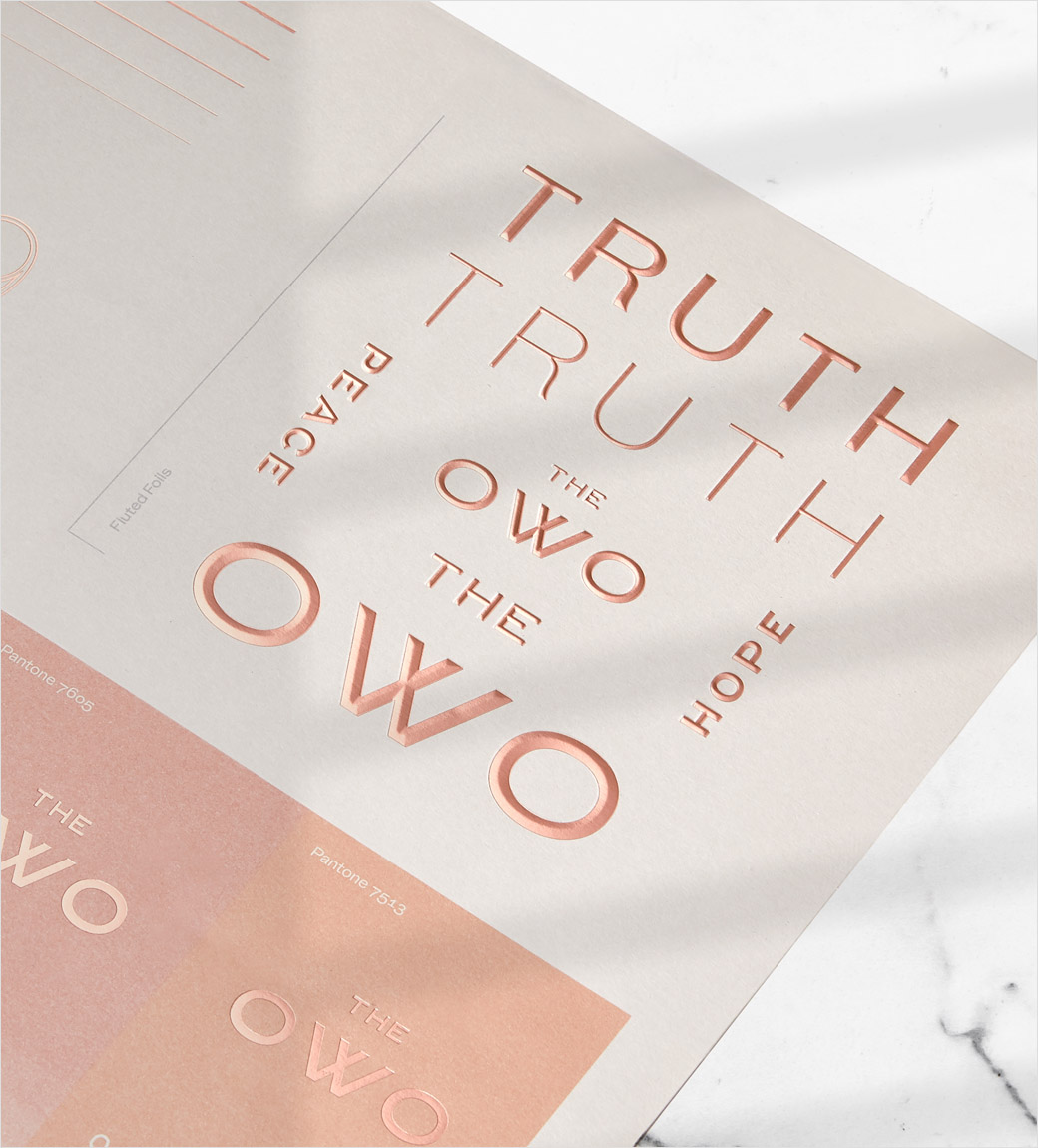
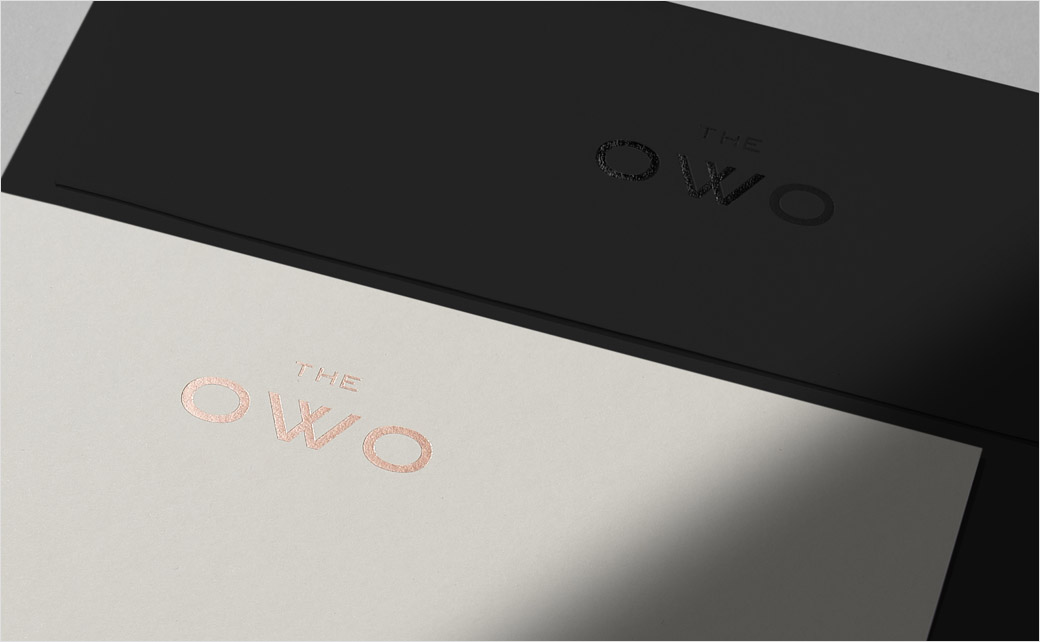
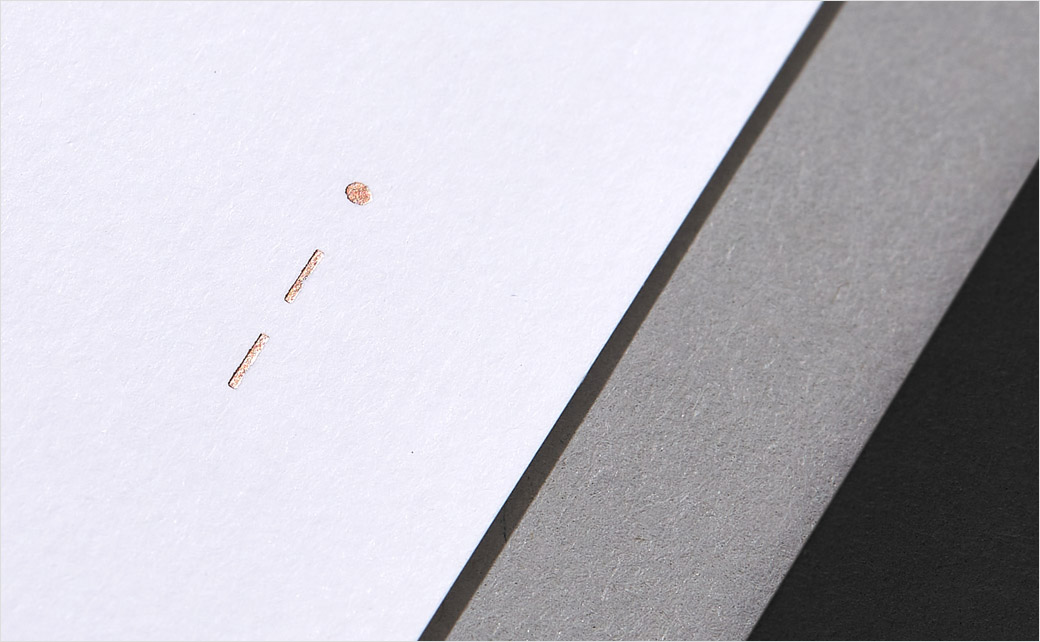
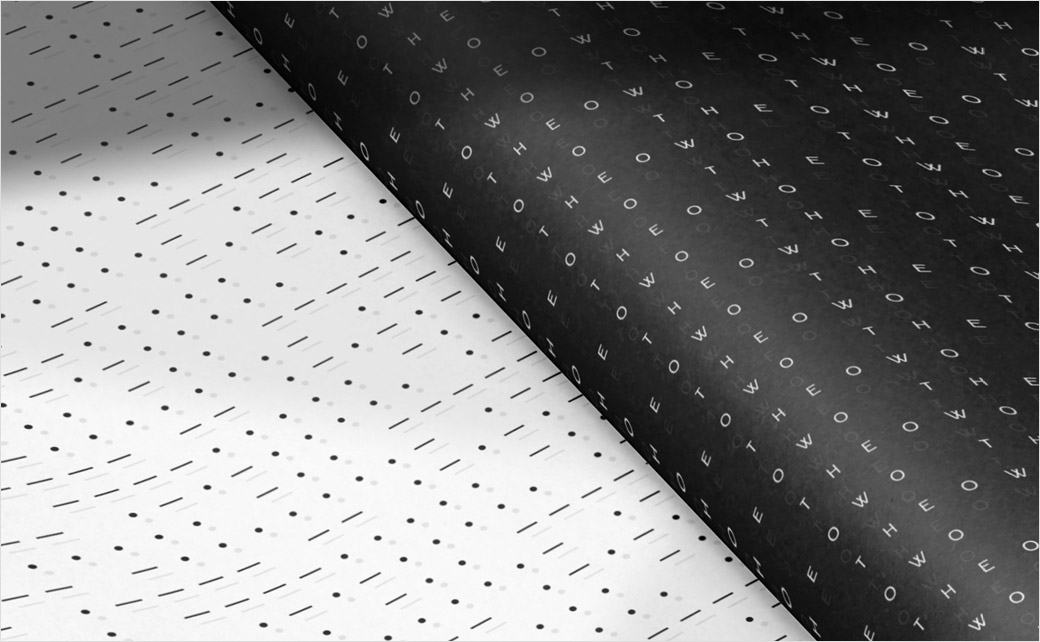
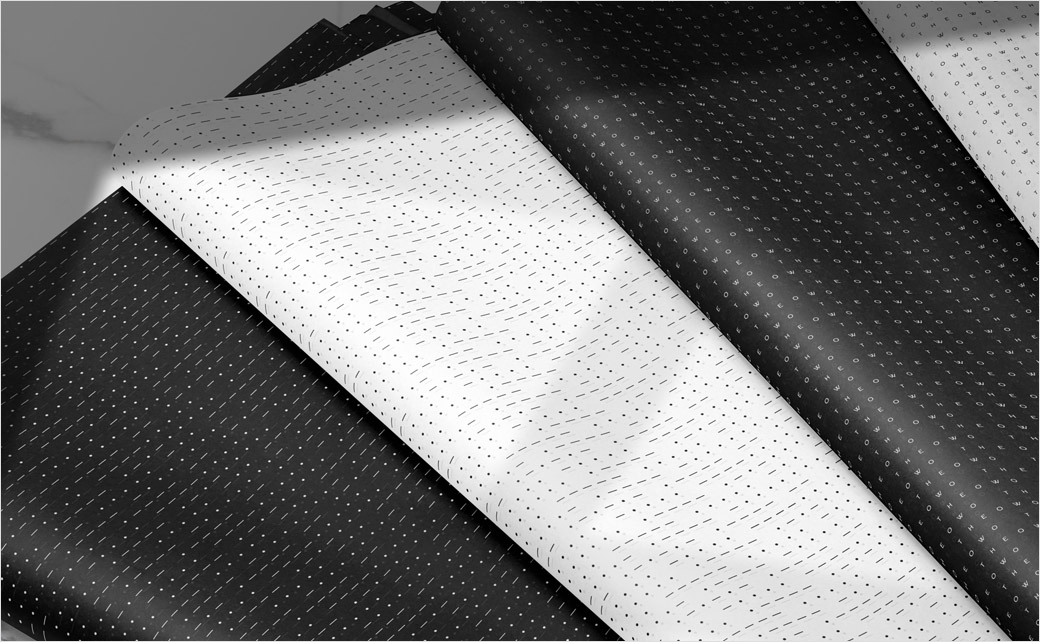
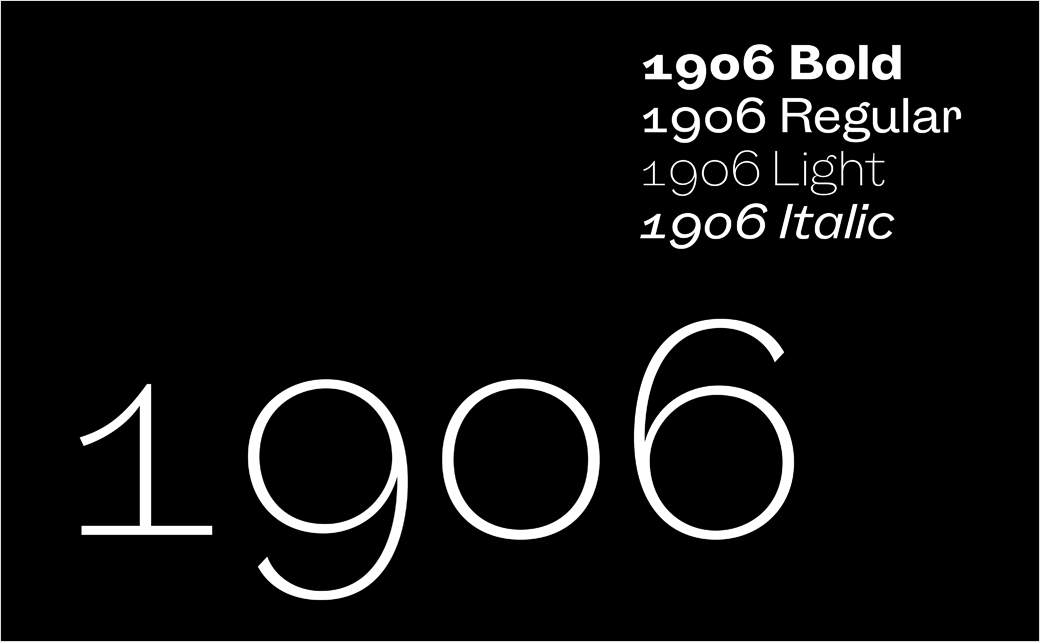
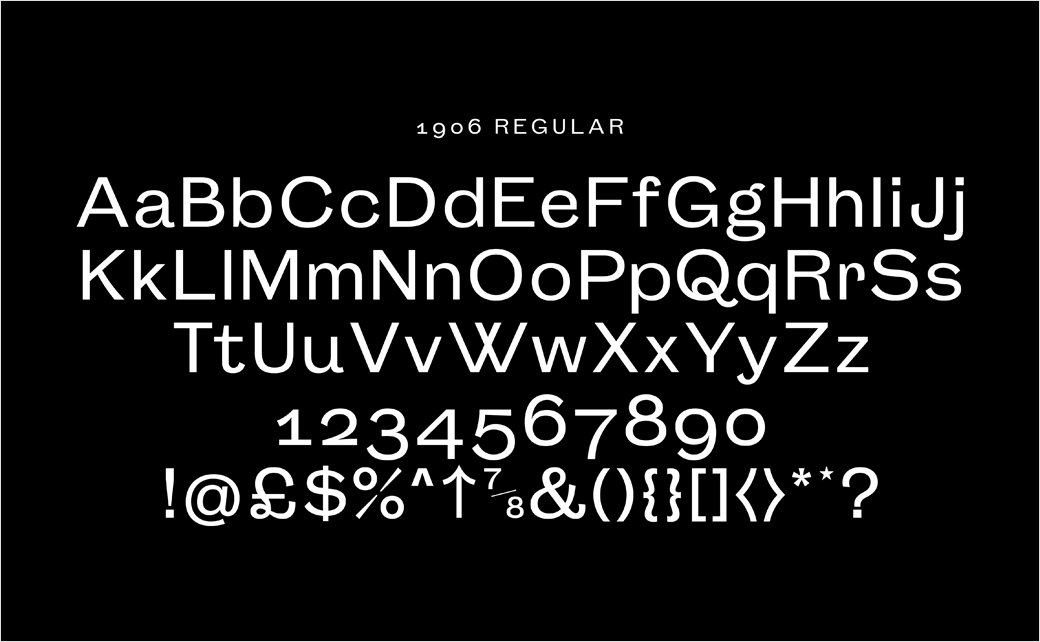
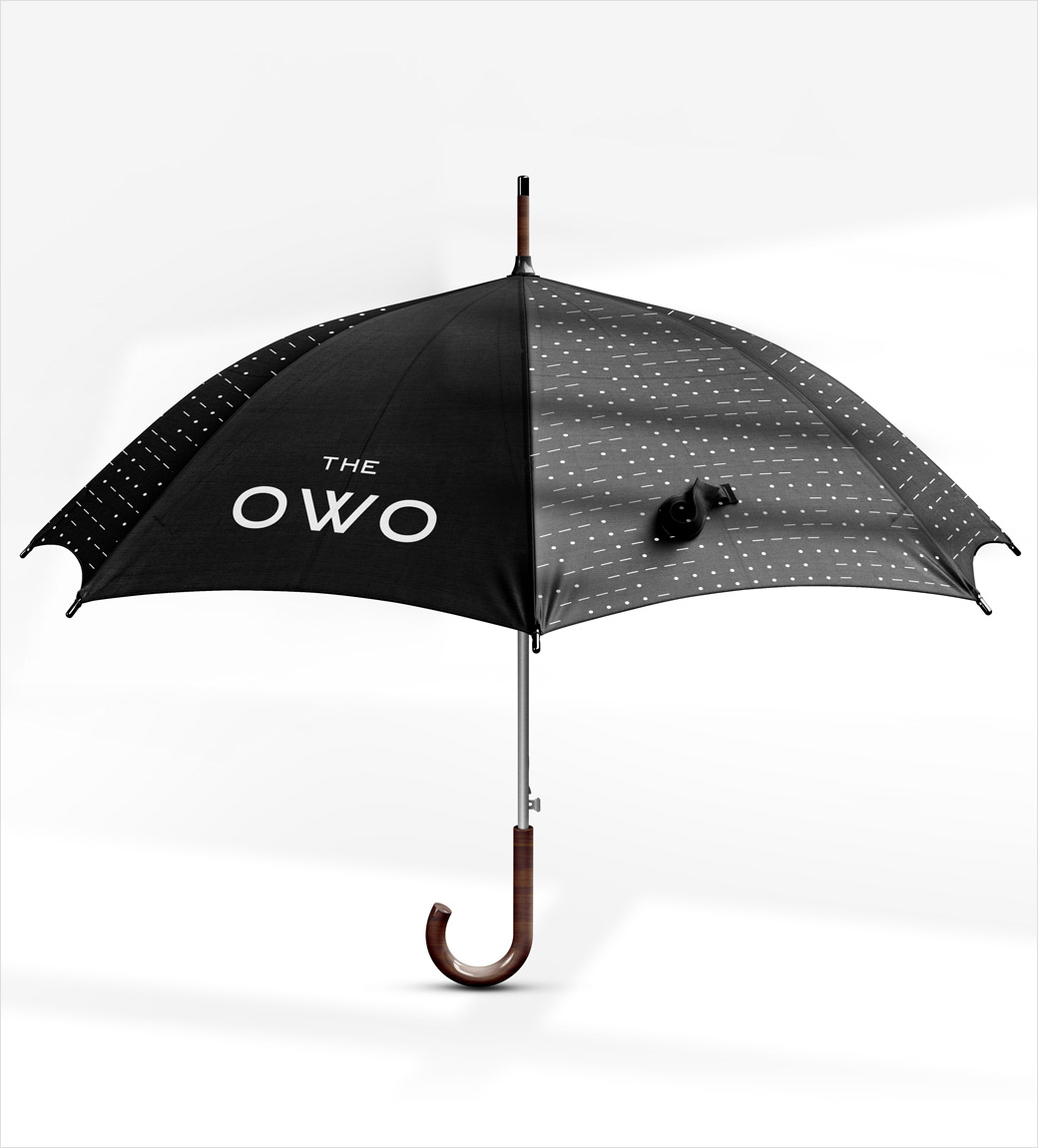
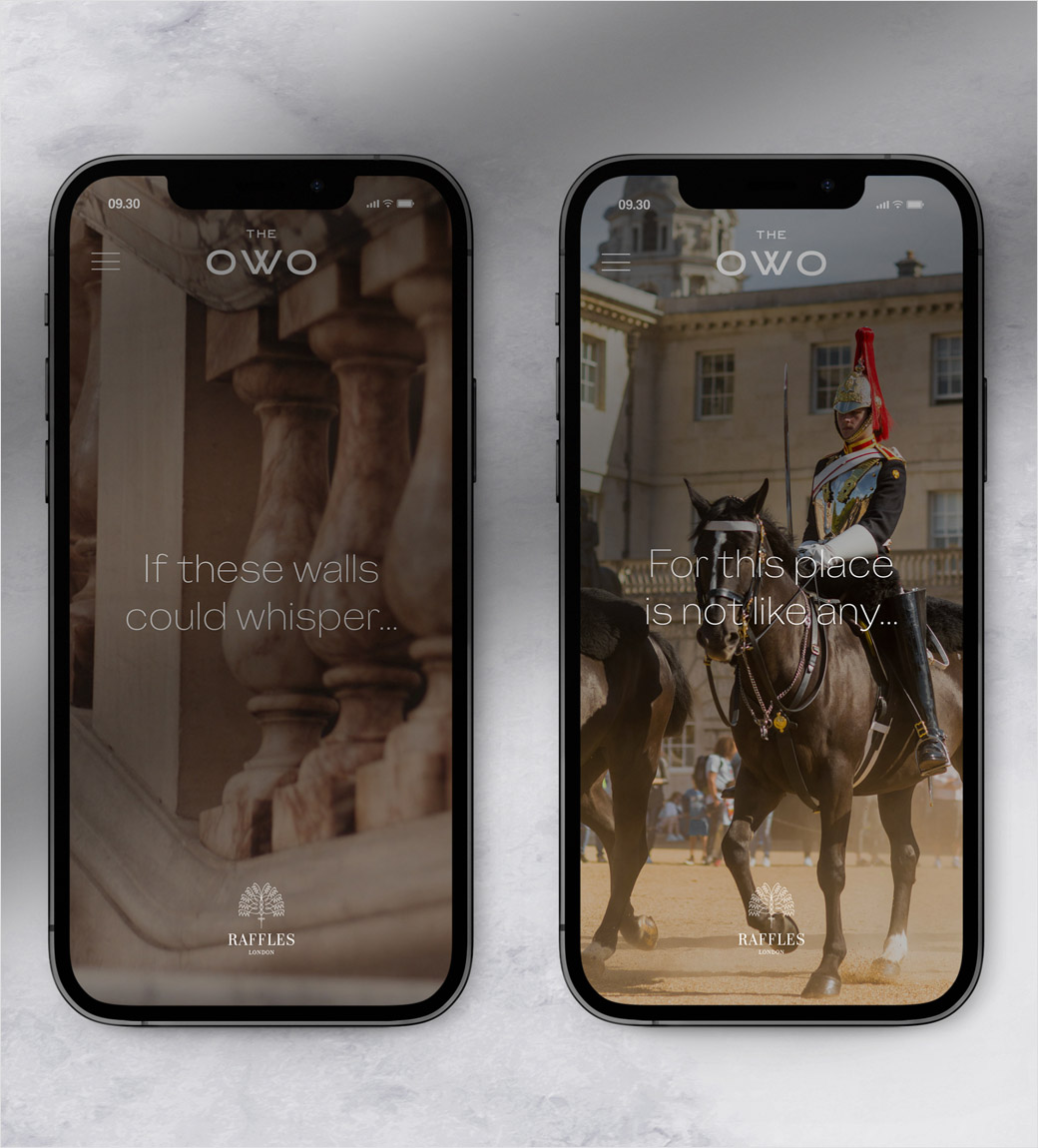
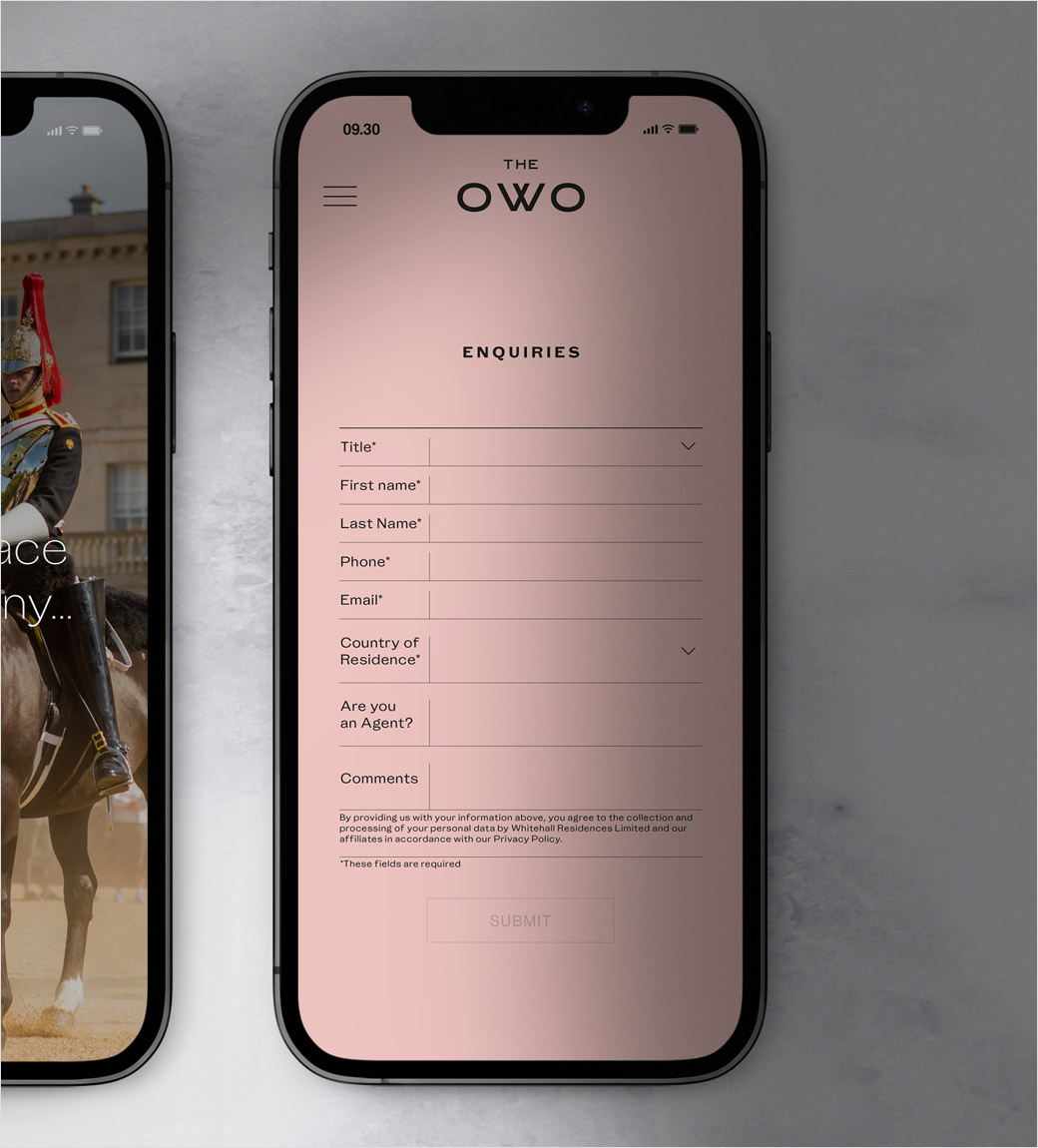
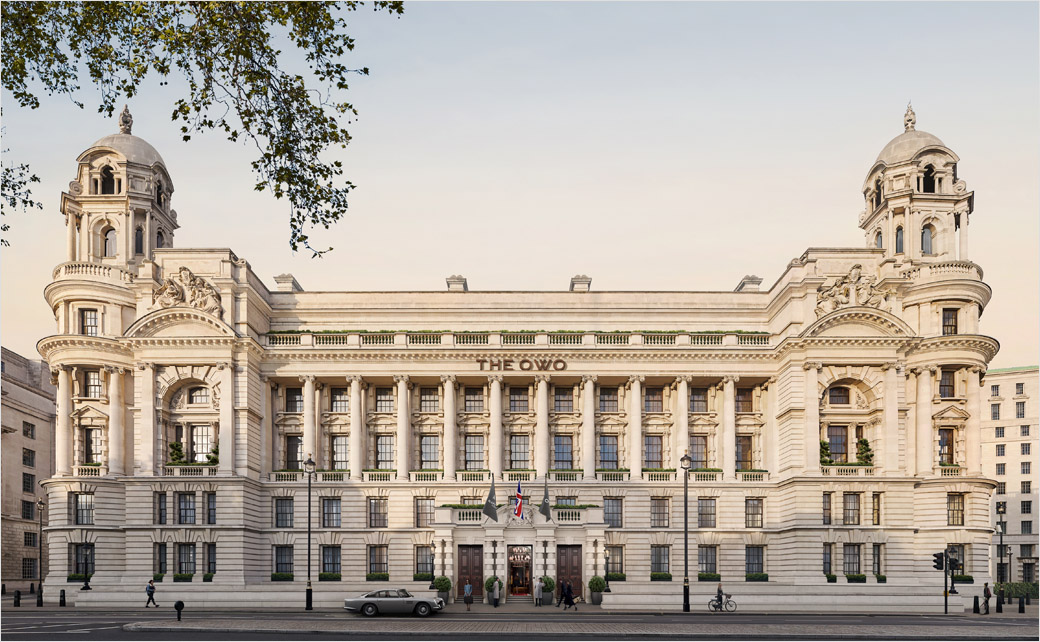
Greenspace
www.thegreenspace.com


